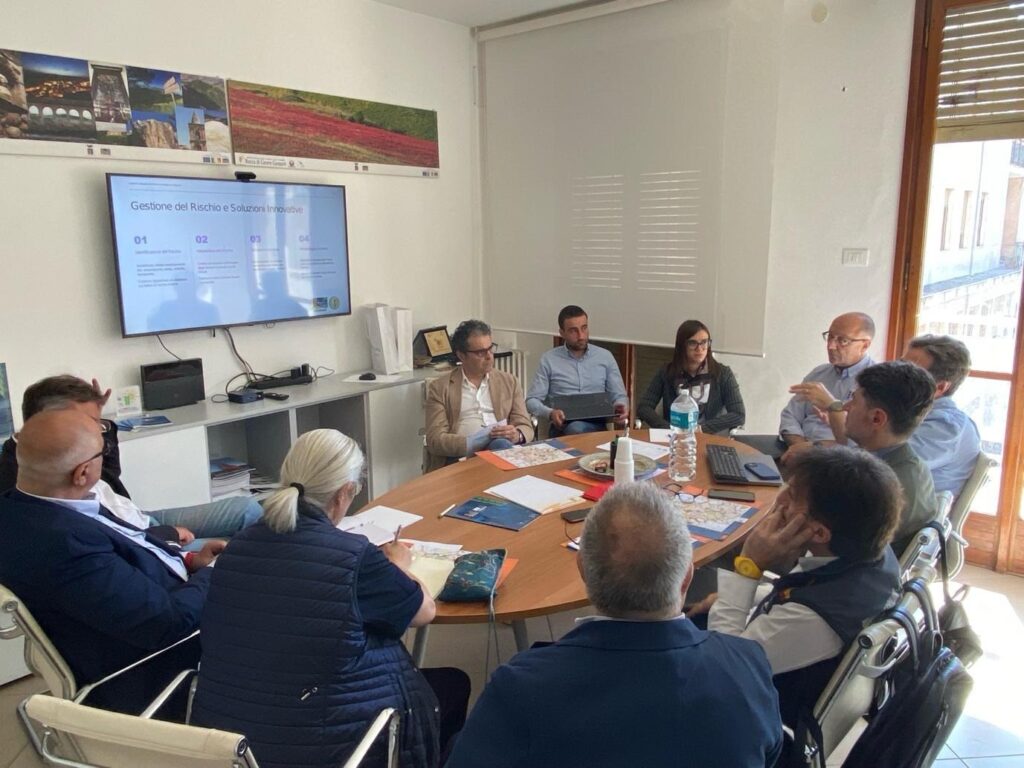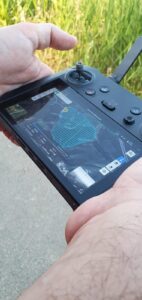In May 2025, following several months of preparation and a wide-ranging agreement among stakeholders and governmental authorities, a multi-agency steering committee was established in Enna, Sicily, to spearhead forest fire mitigation efforts under the Fire Free MED project. This newly formed steering committee serves as the central coordinating body for wildfire risk prevention and improving environmental governance in the area. It brings together representatives from the Municipality of Enna, the Civil Protection Department, the local Forestry agency, the Rural Development office, the university, the Ranger corps and the Fire Brigade. Convened at the Rocca di Cerere Geopark headquarters on May 30, 2025, it operates by uniting scientific expertise with on-the-ground experience to guide community-inclusive best practices for preventing and responding to wildfires. The committee will collect and share data, activate monitoring campaigns, and disseminate knowledge and expertise to the local territory to reduce fire vulnerability and adopt best practices.
Committee Composition and Role
Committee Members and Functions
The steering committee comprises municipal officials, civil protection engineers, forestry authorities, development planners, university experts, and fire brigade commanders. This diverse coalition provides coordinated decision-making and knowledge exchange. The committee harmonises wildfire mitigation across agencies by setting priorities, endorsing prevention practices, and allocating resources for fire preparedness.
Coordination and Responsibilities
The steering committee oversees the wildfire risk management cycle, including prevention, incident response, and recovery efforts. It coordinates post-event support by assessing the impacts of wildfires on environments and communities, verifying the effectiveness of mitigation measures, and evaluating the damage. Through continuous environmental monitoring and risk updates, the committee enables strategy adjustments. This prevention-response-recovery cycle drives improvements in wildfire management, while community involvement in preparedness and post-fire activities strengthens resilience.

Figure 1: one of the meetings of the steering committee
Meeting Schedule and Focus Areas
The committee was created to fill a gap in the coordination of pre- and post-event activities. In fact, all the firefighting and fire-prevention authorities are very well-organised for emergency management, with clear roles and responsibilities; however, they are disconnected in their activities before and after the event, losing the capacity to provide an effective and coordinated effort.
The Committee meets every 2 weeks during the fire season (between May and October) and every 2 months in the rest of the year and may be activated occasionally any time one of the components requests a briefing. In the fire season, the focus is mainly on the coordination of monitoring, planning of active prevention tasks and post-event damage evaluation; in the rest of the year, the focus is on education, public engagement, long term planning and technological progress and testing (introducing the use of new monitoring platforms, new data or novel prevention techniques or technologies).
Integrated Risk Management and Decision Support
Monitoring and Early Warning System
The Enna steering committee operates within the Fire Free MED project framework, linking wildfire management and prevention with risk assessment. The project aims to implement a monitoring system that utilises meteorological and vegetation data collected from drones to predict wildfire danger. The committee oversees this system, which identifies high-risk areas and generates early warnings for critical fire conditions.


Figure 2: UAV monitoring phases
Decision-Making and Data Integration
An operations centre is being established for real-time data acquisition and hazard alerts. The committee’s strategy integrates wildfire mitigation with disaster risk reduction plans, ensuring coordinated firefighting and civil protection measures. The committee bridges the gap between scientific research and operational decisions, translating insights into guidance for responders and managers. The project has developed a unified fire risk index for Enna’s forests, enabling agencies to share an understanding of fire danger levels and standardise emergency responses. The committee functions as a decision-support hub, using climate data and risk maps to inform evidence-based decisions during planning and firefighting.
Community Preparedness and Climate Adaptation
Public Engagement and Training
The Enna steering committee engages the community and builds preparedness through outreach and capacity-building programs for local administrations, technicians, volunteers, and residents. By providing guidelines, training, and best practices, the committee promotes community-level prevention. Simulations and drills enhance operational readiness, ensuring officials and citizens can respond effectively to wildfire alerts.
Climate Strategy and Adaptive Measures

The committee’s work aligns with the regional climate change adaptation strategy, incorporating climate projections into risk models and planning. This enables the anticipation of future scenarios
and the promotion of adaptive measures. The integrated approach combines scientific, participatory, and multi-hazard perspectives to address climate change challenges. The committee exemplifies collaborative governance, linking technology with local action to enhance wildfire resilience through partnership and proactive adaptation.
Figure 3: the use of drone for field data collection

